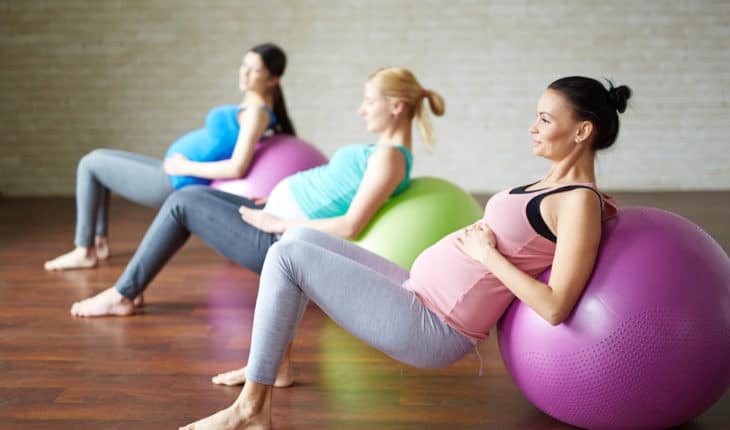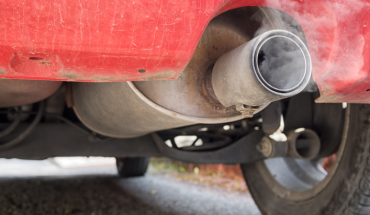Much of the weight gained during pregnancy isn’t from the baby itself. Rather, it’s from extra fluid that your body creates to cushion and nurture the baby. All this extra fluid can lead to swelling, one of the most common side effects of pregnancy.
Swelling can happen at any time of your pregnancy, but it most commonly appears at about the five-month mark, often getting worse during the last trimester. Mild swelling is normal, but if you notice sudden swelling in your face or hands, you should contact your healthcare provider immediately, as this could be a sign of preeclampsia.
Thankfully, there are steps you can take at home to control the mild swelling that normally comes with pregnancy. Here are seven ways to combat swelling while expecting a baby, from elevating your legs to trying water aerobics.
Thankfully, there are steps you can take at home to control the mild swelling that normally comes with pregnancy. Here are seven ways to combat swelling while expecting a baby, from elevating your legs to trying water aerobics.
1. Don’t sit or stand for long periods of time.
You’re already swollen all over during pregnancy, and gravity can pull on that extra fluid and cause it to pool in your feet and lower limbs if you don’t move around a lot. If you sit or stand all day for work, the blood, lymph and other fluids in your body will start to settle in your lower body and lead to swelling. And while you might think standing is better for you than sitting, it’s not when it comes to swelling — gravity does its work no matter what. Moving around is often the last thing you feel like doing when you are pregnant, but taking brief walking breaks throughout the day to get your body and fluids moving will lead to less swelling later on.
2. Elevate your legs.
Gravity works against your circulation when you’re sitting or standing, but you can make it work with you by laying down and elevating your feet above your heart for 15 to 20 minutes. In this position, gravity will pull on the fluids that have collected in your feet and lower legs and encourage them to drain back towards your core. However, it’s important to angle your legs in the correct position, since you can actually impede your circulation if you do it incorrectly. Thankfully, a leg rest pillow can help you get into the right position with hardly any effort on your part, something that every mama-to-be definitely needs.
3. Avoid tight clothes.
Pretty much all women who are expecting want to wear the loosest, comfiest clothes possible, and with good reason: Tight clothing can actually contribute to swelling and other health issues. Stiff fabrics can cut into your skin and impede the flow of the blood and lymph systems, causing fluid backups. Instead, opt for loose, breathable clothes that allow you to move around freely, and don’t be afraid to size up. Pregnancy is temporary, and you want to be as comfortable and healthy as possible, especially as you enter your later trimesters and the risk of swelling goes up.
4. Try compression therapy.
That being said, there is one type of tight clothing that can actually combat swelling: compression garments. Compression products are made of special fabrics that are designed to provide graduated pressure that starts strongest at your ankle or wrist and then lessens as it continues up your limbs. Compression stockings and sleeves encourage the blood to keep flowing and reduce the risk of swelling. For your lower body specifically, you can choose maternity pantyhose that also cover your growing belly. Many products look just like normal socks and stockings, so you can wear them with your regular wardrobe and no one will know the difference.
5. Get moving.
Exercising during your pregnancy has many benefits. It helps reduce backaches, keeps your bowel regular, increases your energy, improves your posture, promotes better sleep and also improves muscle tone, strength and endurance — which can make it easier to cope with labor and to get back into shape after pregnancy. But what you might not know is that exercise also reduces swelling because it keeps your blood, lymph and other fluids moving and discourages them from pooling. While you should avoid high-impact exercises while pregnant, low-impact exercises such as brisk walking, stationary cycling, yoga and moderate aerobics are all good choices. There are also specific exercises that can help you prepare for labor while you get your blood moving, such as pelvic tilts and squats.
- Seven ways to treat swelling during pregnancy - 8th January 2019







